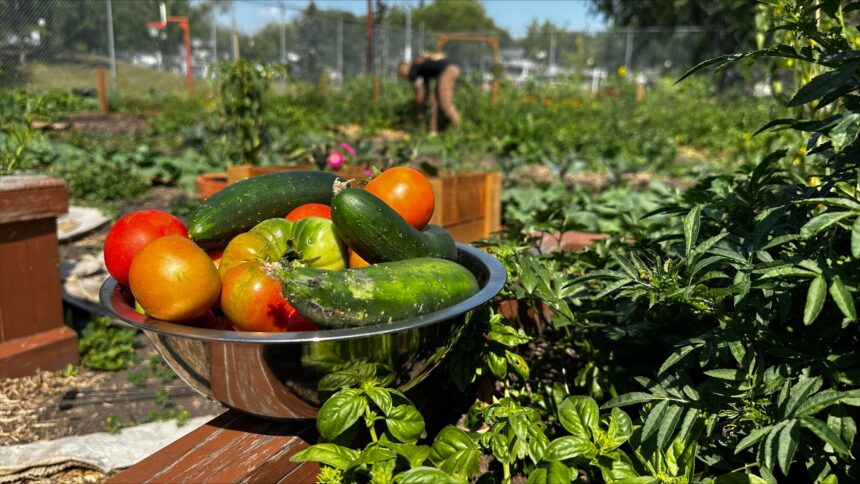In the heart of Edmonton’s Millwoods neighborhood, a vibrant revolution is taking root—quite literally. The Millwoods Community Garden has transformed from a modest patch of unused land into a flourishing ecosystem where both plants and community bonds thrive. What began five years ago as a neighborhood beautification project has evolved into a powerful weapon against urban food insecurity.
“I never imagined soil and seeds could change so many lives,” says Maria Gonzalez, the garden’s coordinator, as she demonstrates proper tomato staking techniques to a group of eager participants. “Last year, we produced over 2,000 kilograms of fresh produce that went directly to local families who would otherwise struggle to afford nutritious vegetables.”
The initiative represents a growing trend across Canada where community gardens are addressing multiple societal challenges simultaneously. Beyond the immediate benefit of food production, these spaces provide valuable educational opportunities. Every Saturday morning, the garden hosts free workshops covering everything from basic planting techniques to advanced permaculture principles.
Edmonton has seen food bank usage increase by 32% since 2022, according to the Edmonton Food Bank’s annual report. This alarming statistic reflects broader economic pressures facing many Canadians, with grocery prices continuing to rise faster than overall inflation rates.
City councilor Amara Singh, who championed the initial funding for the garden, emphasizes the economic impact: “For every dollar invested in community garden infrastructure, we see approximately $6 in economic returns through reduced food assistance needs, improved health outcomes, and increased property values in surrounding areas.”
The garden’s success has caught the attention of business leaders as well. Local grocery chain Northern Foods has partnered with the initiative, providing seeds, tools, and expertise. “Supporting community self-sufficiency aligns perfectly with our corporate values,” explains Northern Foods CEO Derek Chambers. “These gardens create resilient local food systems that complement traditional retail models.”
What distinguishes the Millwoods project is its comprehensive approach to education. Participants don’t just learn how to grow food—they gain understanding of entire food systems. Workshops cover soil science, water conservation, seed saving, and preservation techniques. Children’s programs introduce young people to agriculture and nutrition principles through hands-on activities.
“Many people have lost the basic knowledge of where food comes from and how to prepare it,” notes Dr. Elena Kowalski, a nutrition researcher at the University of Alberta who volunteers at the garden. “Reconnecting with these fundamental skills has profound impacts on dietary choices and overall health.”
The garden’s success has inspired city officials to expand the model. Last month, Edmonton’s city council approved funding for five additional community gardens in neighborhoods identified as food deserts—areas with limited access to affordable, nutritious food options.
The initiative’s impact extends beyond physical health. Garden participants report significant mental health benefits from the combination of outdoor activity, social connection, and the satisfaction of growing food. “I came here after my husband passed away,” shares 72-year-old participant Eleanor Thompson. “The garden gave me purpose and a new community when I needed it most.”
As Edmonton and other Canadian cities continue grappling with rising food costs and increasing food insecurity, community gardens offer a model that addresses immediate needs while building long-term resilience. The question facing policymakers and communities alike is: How might we scale these initiatives to ensure every neighborhood has access to both fresh food and the knowledge needed to produce it?

























